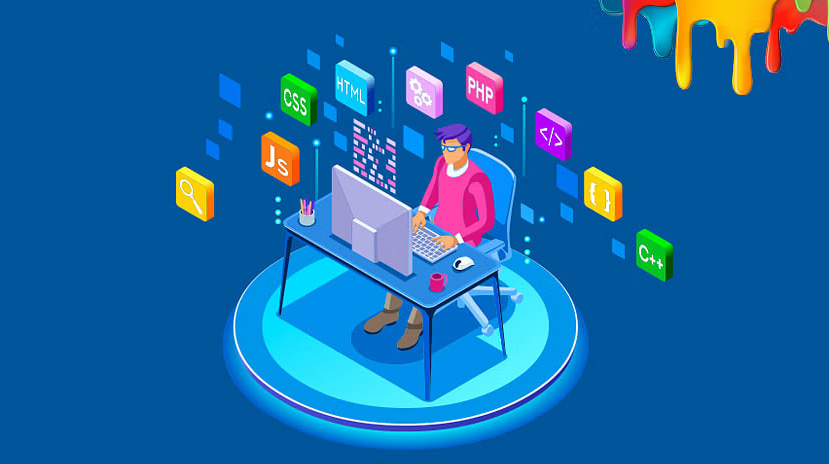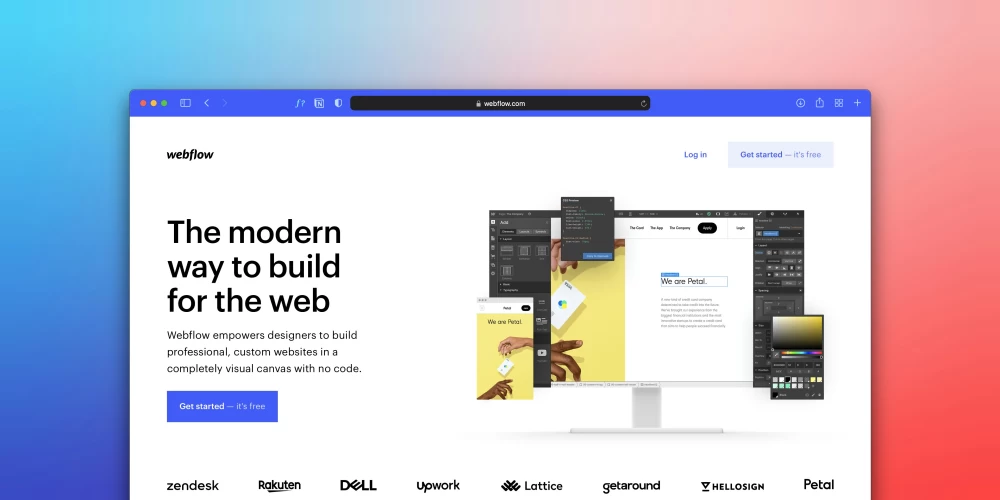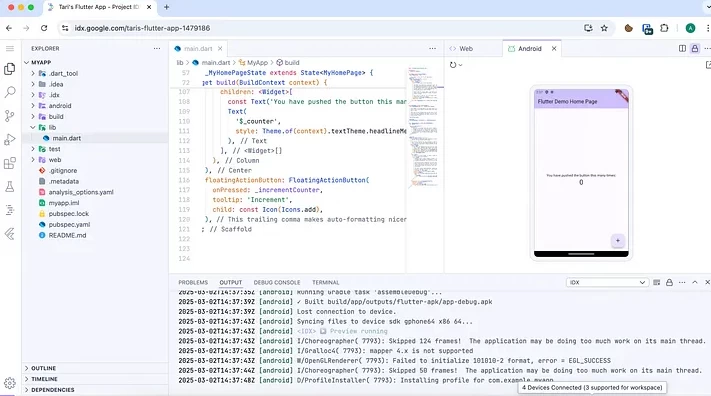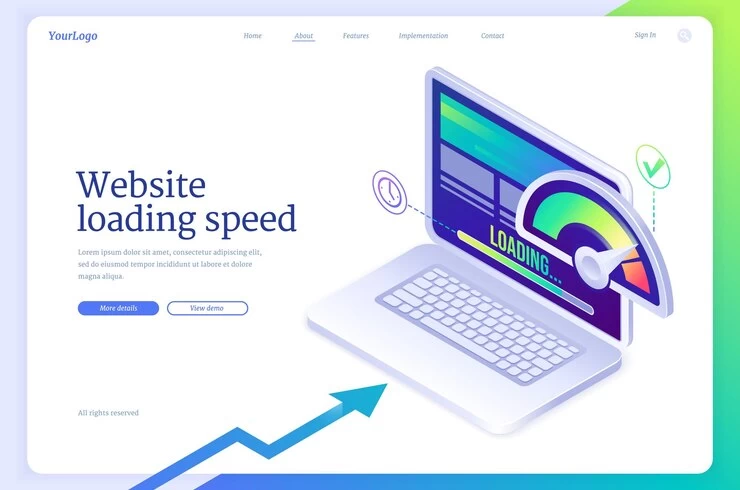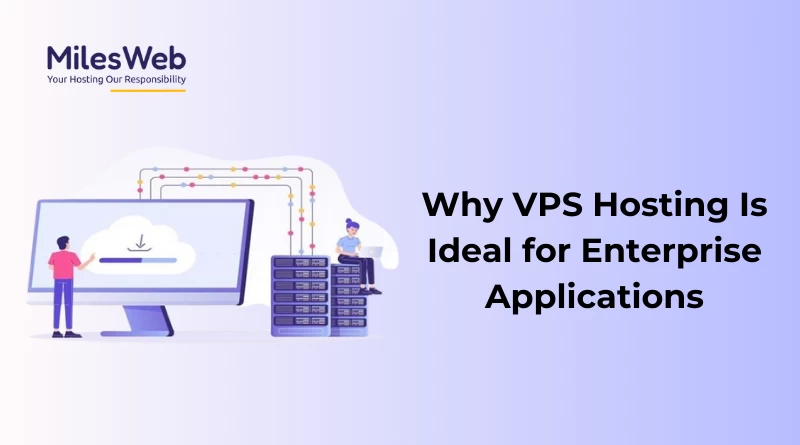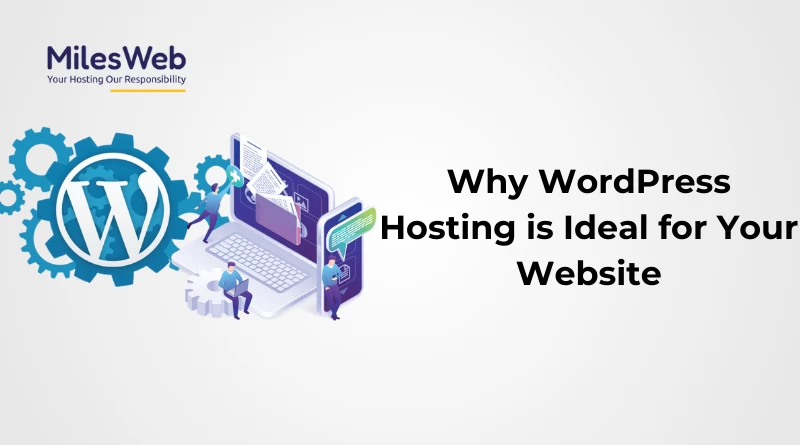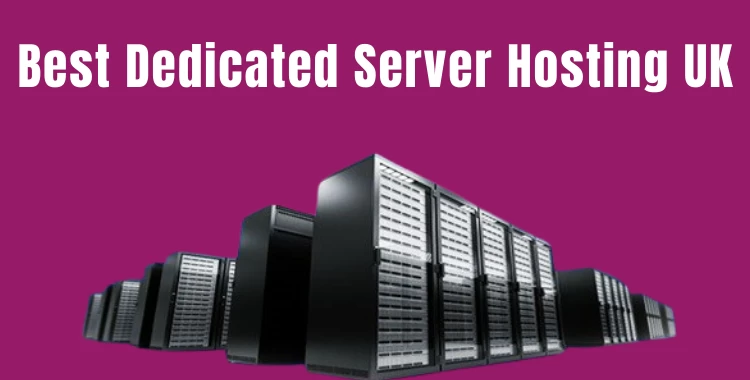Table of Contents
- What exactly is front-end development ?
- What is Back-End Development?
- 1. What is a full-stack developer ?
- Top full-stack developer skills
- HTML,CSS
- Javascript
- Frontend Library
- Backend Technologies
- Git and GitHub
- Database Management Systems
- HTTP and REST
- Soft Skills
- How to become a full-stack developer
- Is high demand for full-stack developers ?
- Full Stack Developer salary
- How long does it take to learn full stack development?
- Is a full stack developer a good career ?
What exactly is front-end development ?
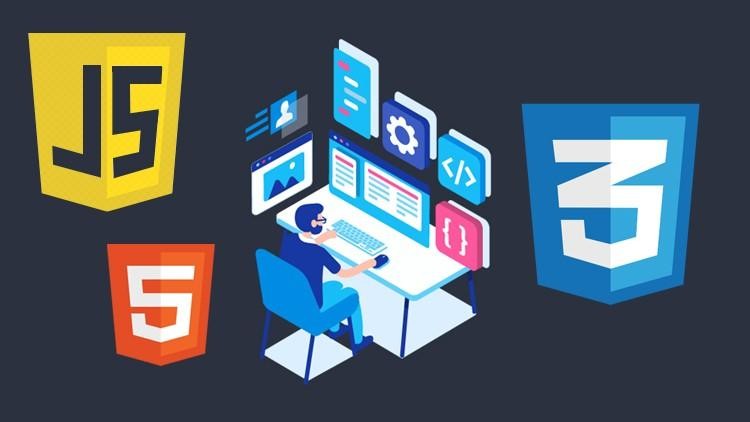 The part of a website that a visitor can see and interact with is called "front-end development," sometimes known as "client-side development." This element adds visual functionality to a website or application. Best Front-End Technologies To Use In 2022 are A website for your business, for example, will not have all of your photos and written content. You'll have to provide them with a list of requirements, such as selection criteria, a place to keep track of client information, and so on.
It is the job of front-end developers to make these features visible to the app's users.
The part of a website that a visitor can see and interact with is called "front-end development," sometimes known as "client-side development." This element adds visual functionality to a website or application. Best Front-End Technologies To Use In 2022 are A website for your business, for example, will not have all of your photos and written content. You'll have to provide them with a list of requirements, such as selection criteria, a place to keep track of client information, and so on.
It is the job of front-end developers to make these features visible to the app's users. What is Back-End Development?
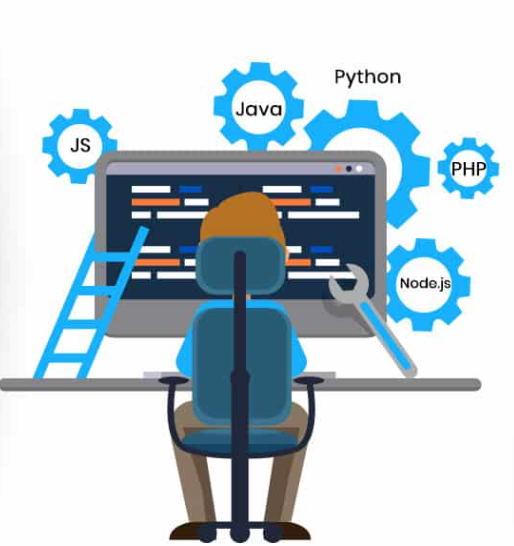 The part of the application that isn't visible to end users (client) is known as backend development or server-side development (SSD). A back-end developer's primary duty is to ensure that the user's interaction with the programme is as smooth and hassle-free as possible. Additional responsibilities include maintaining and organising databases as well as front-end functionality.
Many client may fill out your contact form and make a purchase when they visit your website. A front-end code indicating a successful transaction is all they see. It's up to the backend developers to make the purchase happen and save the data in the database.
You require back-end development to create a dynamic and functional website.
As a result, some programmers are well-versed in both the front end and the back end of the development process. Full-stack developers are what they're referred to as.
Finally, we'll discuss how much a full-stack developer earns and how to become one. To jump to a certain section, utilise the table of contents:
The part of the application that isn't visible to end users (client) is known as backend development or server-side development (SSD). A back-end developer's primary duty is to ensure that the user's interaction with the programme is as smooth and hassle-free as possible. Additional responsibilities include maintaining and organising databases as well as front-end functionality.
Many client may fill out your contact form and make a purchase when they visit your website. A front-end code indicating a successful transaction is all they see. It's up to the backend developers to make the purchase happen and save the data in the database.
You require back-end development to create a dynamic and functional website.
As a result, some programmers are well-versed in both the front end and the back end of the development process. Full-stack developers are what they're referred to as.
Finally, we'll discuss how much a full-stack developer earns and how to become one. To jump to a certain section, utilise the table of contents: 1. What is a full-stack developer ?
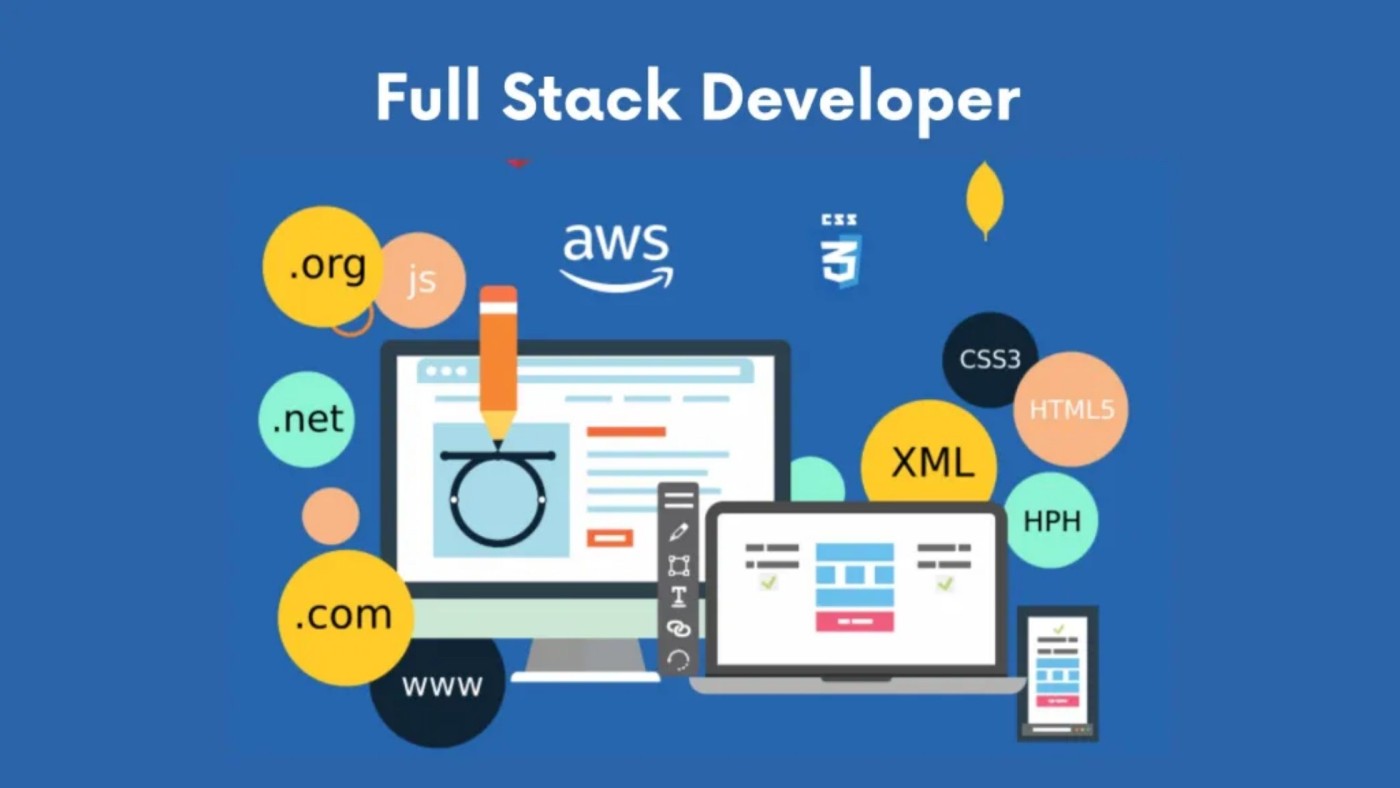 A web developer has two parts to his job: front- and back-end development. Every web or mobile app has these two parts.
The frontend is the part of the application that looks good. This is what the user does on the screen. The backend of an application is where the business logic is done. In the backend, you can find out how the site works and how data moves. You can also find out how data is stored.
You get full-stack web development when you put the two together, so it's better to do both. A full-stack website developer knows how to use both front- and back-end technologies. This also includes the libraries, frameworks, databases, and environments that go with them. As part of the company's tech stack, all of these things are there
If you want to learn more about what a full-stack developer is and what they do, we've put together a full-stack developer guide for you.
A web developer has two parts to his job: front- and back-end development. Every web or mobile app has these two parts.
The frontend is the part of the application that looks good. This is what the user does on the screen. The backend of an application is where the business logic is done. In the backend, you can find out how the site works and how data moves. You can also find out how data is stored.
You get full-stack web development when you put the two together, so it's better to do both. A full-stack website developer knows how to use both front- and back-end technologies. This also includes the libraries, frameworks, databases, and environments that go with them. As part of the company's tech stack, all of these things are there
If you want to learn more about what a full-stack developer is and what they do, we've put together a full-stack developer guide for you. Top full-stack developer skills
An overview of the most important skills of full-stack developer should have is provided below. Alternatively, you can click on a certain item to go directly to that part of the site. HTML/CSS JavaScript Frontend Library ex: React Backend Technologies like PHP,Mysql , NodeJs Databases and web storage Git/GitHub HTTP and REST HostingHTML,CSS
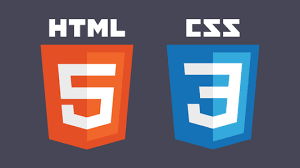 HTML is a front-end technology language. Developers use it to manage text and graphics formatting on websites. It maintains the hierarchy of headline, paragraph, body, pop-ups, and more.
CSS is a style language that allows you to style and modify HTML components. If you want to change the colour of your headings and paragraphs, use CSS customisation.
Client-side application development requires a full-stack developer to be familiar with these two fundamental customizable frontend tools. These languages will help improve the web application's interaction and graphics for users.
HTML is a front-end technology language. Developers use it to manage text and graphics formatting on websites. It maintains the hierarchy of headline, paragraph, body, pop-ups, and more.
CSS is a style language that allows you to style and modify HTML components. If you want to change the colour of your headings and paragraphs, use CSS customisation.
Client-side application development requires a full-stack developer to be familiar with these two fundamental customizable frontend tools. These languages will help improve the web application's interaction and graphics for users.Javascript
 JavaScript is a core Web technology. Client-side JavaScript is widely used online. This is usually done with third-party libraries, which we'll cover later. There is a JavaScript engine in every major online browser. JavaScript is a must for frontend engineers.
JavaScript is a core Web technology. Client-side JavaScript is widely used online. This is usually done with third-party libraries, which we'll cover later. There is a JavaScript engine in every major online browser. JavaScript is a must for frontend engineers.Frontend Library
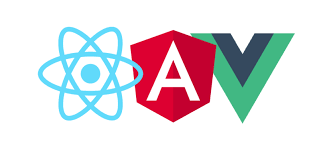 Working on the frontend requires understanding JavaScript fundamentals. Most companies utilise a framework rather than writing pure JavaScript. Their use streamlines the development process and organises the code.
React is a popular frontend framework. That doesn't imply there aren't alternative options. Examples include Vue, Angular, and Svelte. Each framework has its own manner of organising and writing code, with pros and drawbacks. We recommend studying vanilla JavaScript first, as it is a critical full-stack developer ability that will benefit you later!
Working on the frontend requires understanding JavaScript fundamentals. Most companies utilise a framework rather than writing pure JavaScript. Their use streamlines the development process and organises the code.
React is a popular frontend framework. That doesn't imply there aren't alternative options. Examples include Vue, Angular, and Svelte. Each framework has its own manner of organising and writing code, with pros and drawbacks. We recommend studying vanilla JavaScript first, as it is a critical full-stack developer ability that will benefit you later!Backend Technologies
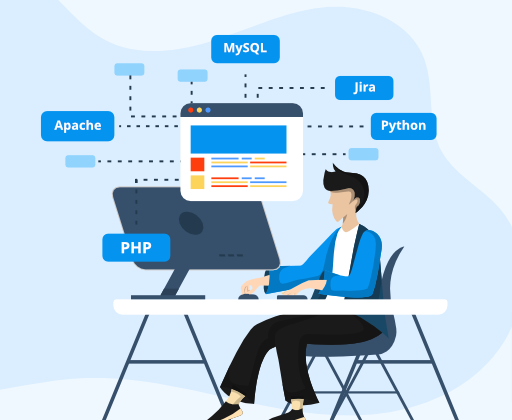 A full-stack developer needs to know frontend skills. The backend is also vital. Backend development is responsible for smooth website user interaction. Backend developers structure databases. Python, Java, PHP, and Ruby are backend languages. Node.js is a popular technology right now. Node is based on JavaScript, making it easier to learn if you already know it.
A full-stack developer needs to know frontend skills. The backend is also vital. Backend development is responsible for smooth website user interaction. Backend developers structure databases. Python, Java, PHP, and Ruby are backend languages. Node.js is a popular technology right now. Node is based on JavaScript, making it easier to learn if you already know it.Git and GitHub
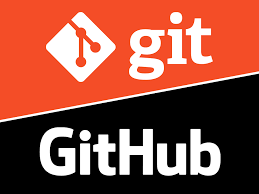 Web Development is incomplete without the famed Git and GitHub. It is known to both novice and expert coders.
Developers can use Git, a “distributed version control system,” to handle every step of the process. It is superior to other control systems in error detection and tracking. Your progress is tracked, and you may go back and make changes if necessary.
GitHub allows developers to work, manage, and evaluate several projects simultaneously. It creates a place for developers to network and connect. GitHub is a great platform for developers.
These platforms allow full-stack developers to gain team management, leadership, and cooperation skills. It will also improve a developer's efficiency as such platforms make coding simple and effective.
Web Development is incomplete without the famed Git and GitHub. It is known to both novice and expert coders.
Developers can use Git, a “distributed version control system,” to handle every step of the process. It is superior to other control systems in error detection and tracking. Your progress is tracked, and you may go back and make changes if necessary.
GitHub allows developers to work, manage, and evaluate several projects simultaneously. It creates a place for developers to network and connect. GitHub is a great platform for developers.
These platforms allow full-stack developers to gain team management, leadership, and cooperation skills. It will also improve a developer's efficiency as such platforms make coding simple and effective.Database Management Systems
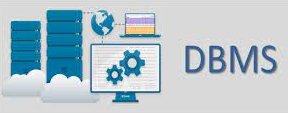 Almost every website has a database where the app's data is saved. If you own an e-commerce site, this data would be about your products and users. It's the users' posts on social media.
Writing queries to retrieve data from a website is part of a full-stack developer's skill set. Data structure knowledge is also useful. So the data is stored in a way that it may be queried quickly. Work involves creating, analysing, and altering database queries.
SQL (relational) and NoSQL (non-relational) are the (non-relational). MongoDB is a prominent NoSQL database. Depending on the service, a corporation may use one or both.
Almost every website has a database where the app's data is saved. If you own an e-commerce site, this data would be about your products and users. It's the users' posts on social media.
Writing queries to retrieve data from a website is part of a full-stack developer's skill set. Data structure knowledge is also useful. So the data is stored in a way that it may be queried quickly. Work involves creating, analysing, and altering database queries.
SQL (relational) and NoSQL (non-relational) are the (non-relational). MongoDB is a prominent NoSQL database. Depending on the service, a corporation may use one or both.HTTP and REST
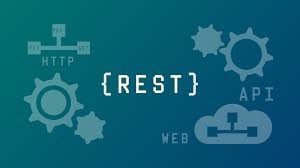 HTTP is the foundation of web data communication. It powers most of our daily internet interactions. HTTP handles requests and responses between web clients and web servers. Clients are often web browsers, while servers are cloud-based computers.
REST is an architectural standard. It facilitates computer-to-computer communication. RESTful systems collect data and conduct operations via HTTP.
REST connects the frontend and backend. So it is vital to full-stack development.
HTTP is the foundation of web data communication. It powers most of our daily internet interactions. HTTP handles requests and responses between web clients and web servers. Clients are often web browsers, while servers are cloud-based computers.
REST is an architectural standard. It facilitates computer-to-computer communication. RESTful systems collect data and conduct operations via HTTP.
REST connects the frontend and backend. So it is vital to full-stack development.Soft Skills
As a full-stack developer, you must manage multiple roles. For this, you need to be adept in numerous soft talents as well as hard ones. Some are: Communication Multi-Tasking Manages time Creative Mindset Inquisitive Team Player Paying AttentionHow to become a full-stack developer

Becoming a full-stack developer involves mastering both front-end and back-end technologies to build complete web applications. The journey typically starts with learning the fundamentals of HTML, CSS, and JavaScript for the front-end, followed by frameworks like React, Vue.js, or Angular. On the back-end, aspiring developers should gain experience with languages such as PHP, Python, Ruby, or Node.js, along with databases like MySQL, MongoDB, or PostgreSQL. Understanding how client-server communication works, using RESTful APIs, and managing version control with Git are also essential skills in a full-stack developer’s toolkit.
To accelerate the process, one can follow structured online courses, attend bootcamps, or work on real-world projects to build a portfolio. Regular practice, contributing to open-source repositories, and staying updated with the latest tech trends are key to mastering the role. Additionally, knowledge of deployment tools like Docker, cloud platforms (e.g., AWS, Vercel), and CI/CD pipelines will give you an edge in today’s DevOps-driven environment. Becoming a full-stack developer is less about memorizing syntax and more about problem-solving, architectural thinking, and the ability to deliver end-to-end solutions.








